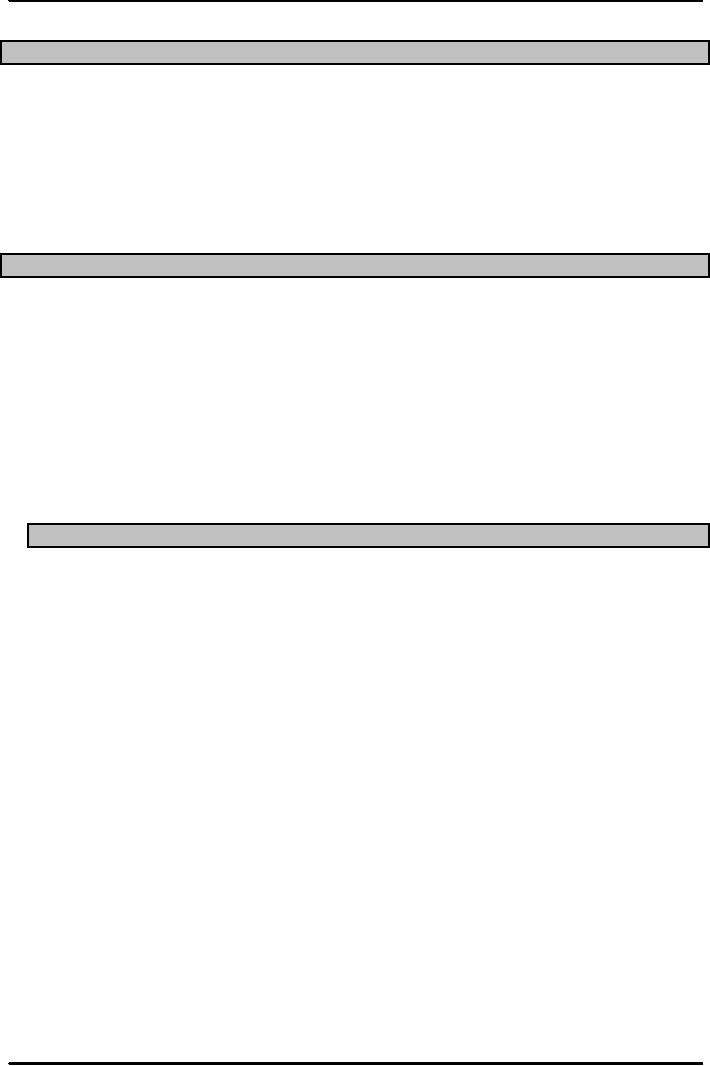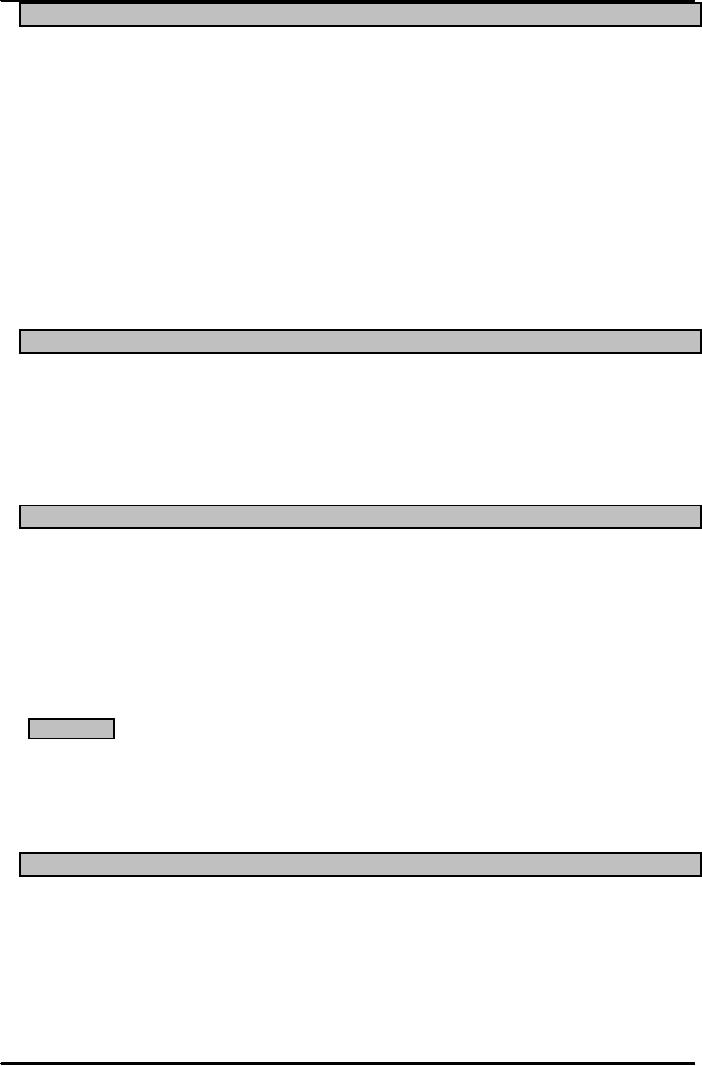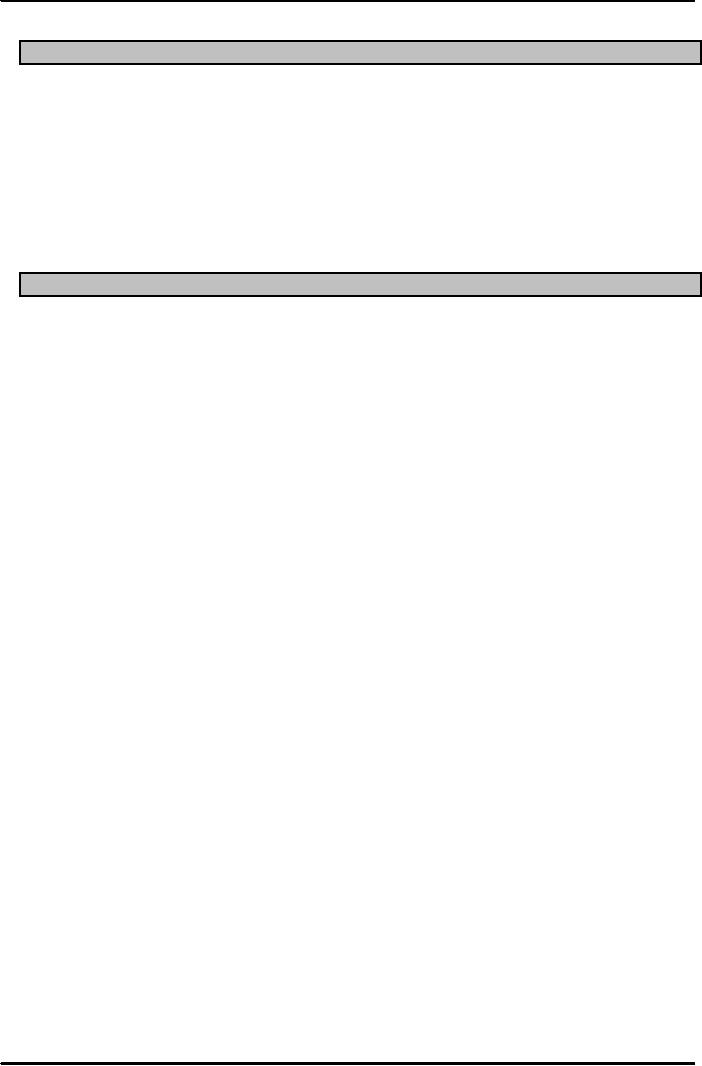 |

Production
and Operations Management
MGT613
VU
Lesson
18
PROCESS
SELECTION
Process
Selection plays an important
part in over all design of
production and operations
management
systems. Process Selection
allows an organization to offer a
safe and reliable
product
and
service through pragmatic design and
effective capacity planning.
With the help of
process
selection
we can understand the different types of
processing including manual, rigid, and
flexible
as
well as various automated approaches to
processing. Process selection allows an
operations
manager
to better understand the need for
management of technology. Together
with capacity
planning
it helps an organization to develop
different approaches to meet the
irregular demand
pattern
of the customers.
Introduction
and Meaning
Process
Selection refers to the way an
organization chooses to produce its
good or services. It takes
into
account
selection of technology, capacity
planning, layout of facilities, and
design of work systems.
Process
selection is a natural extension after
selection of new products and
services.
An
organizations process strategy would
include
1.
Make or Buy Decisions. The
extent to which an organization
will produce goods or provide
in
house
as opposed to relying on an outside
organization to produce or provide
them.
2.
Capital Intensity. The mix
of equipment and labor will
be used by the government.
3.
Process Flexibility: The
degree to which the system
can be adjusted to changes in
processing
requirements
due to such factors as changes in product
or service design, changes in
volume
processed,
and changes in technology.
Reasons
to ( produce in-house or outsource)
Make or Buy
There
are 6 reasons which are
available to us in order to decide
whether to develop a competence
in
house
or hire an outside competent organization
to supply that product, service or
particular
expertise.
The latter requires that the outsourcer
to be honest, ethical, competent. It also
requires that
outsourcing
contract should be flexible yet
pragmatic and carry proper
levels of services.
Available
capacity if an organization has the
equipment, necessary skills and
time, it often
makes
sense to produce an item or perform a
service in house. The additional
costs would
be
relatively small compared
with those required to buy
items or subcontract them.
Expertise.
If a firm lacks the expertise to do a job
satisfactorily, buying might be
a
reasonable
alternative.
Quality
considerations. Firms that specialize can
usually offer higher quality
than an
organization
can attain itself.
Conversely, special quality requirements or the
ability to
closely
monitor quality may cause an
organization to perform a job
itself.
Nature
of demand. When demand for an
item is high and steady, the organization
is often
better
off doing the work itself.
However, wide fluctuations in
demand or small orders
are
usually
better handled by specialists,
who are able to combine
orders from multiple
sources,
which
results in higher volume and
tend to offset individual
buyer fluctuation.
Cost.
Any cost savings achieved from buying or
making must be weighed against
the
preceding
factors. Cost savings might come
from the item itself or from
transportation cost
savings.
If there are fixed costs
associated with making an
item that cannot be reallocated
if
the
item is purchased, that has
to be recognized in cost analysis.
Risk.
Outsourcing or buying the services
carries risk; often
companies retain flexibility
by
carrying
out certain critical
activities in house and
repetitive menial activities
through
outsourcing.
78

Production
and Operations Management
MGT613
VU
Types
of Operation
The
degree of standardization and the volume
of output of a product or service
influence the way
production
is organized. Output can range
from high volume, highly
standardized, to low volume,
highly
customized.
1.
Continuous Processing.
1.
Repetitive Processing.
2.
Intermittent Processing.
1.
Batch Processing
2.
Job Shop.
3.
Automation
1.
Computer Aided
Manufacturing
2.
Numerically Controlled
Machines
3.
Robot
4.
Manufacturing Cell.
5.
Flexible Manufacturing
System.
Continuous
and Semi Continuous Operations
1.
A system that produces
highly uniform products or continuous
services, often performed
by
machines.
1.
Processing of chemicals, photographic
film, newsprint and oil
products
2.
Repetitive Processing. A production
system that renders one or a
few highly standardized
products
or services.
1.
Automobiles, televisions, computers
,calculators, cameras and video
equipments
Intermittent
Processing
1.
A system that produces lower
volumes of items or services with a
greater variety of processing
requirements.
1.
Processing of chemicals, photographic
film, newsprint and oil
products
2.
Batch Processing. A system
used to produce moderate volumes of
similar items.
1.
Paint, ice cream, canned
vegetables
2.
Magazines, newspapers, textbooks and
user manuals.
3.
Job
Shop. A
system that renders unit or
small lot production or service
with varying
specifications
according to customer
needs
Automation.
Machinery
that has sensing and
controlling devices that
enables it to operate
automatically.
1.
Computer Aided manufacturing the
use of computers in process
control.
2.
Numerically Controlled Machines
that perform operations by following
mathematical
processing
instructions
3.
Robot a machine that consists of a
mechanical arm, a power supply and a
controller.
Flexible
Automation
1.
Manufacturing Cell. One or a
few N/C machines that
produce a variety of parts.
2.
Flexible Manufacturing System. A
group of machines designed to handle
intermittent
processing
requirements and produce a variety of
similar products.
1.
Designed to handle Intermittent
processes
2.
Offers reduce labor costs
and consistent quality.
3.
Higher Flexibility as compared to
hard automation
2.
Disadvantage.
1.
Requires longer time for
planning and
development
79

Production
and Operations Management
MGT613
VU
2.
Can handle only narrow range
of parts variety.
Computer
Integrated Manufacturing
1.
Manufacturing Cell. One or a
few N/C machines that
produce a variety of parts.
2.
Flexible Manufacturing System. A
group of machines designed to handle
intermittent
processing
requirements and produce a variety of
similar products.
1.
Designed to handle Intermittent
processes
2.
Offers reduce labor costs
and consistent quality.
3.
Higher Flexibility as compared to
hard automation
2.
Disadvantage.
1.
Requires longer time for
planning and
development
2.
Can handle only narrow range
of parts variety.
Operations
Strategy with respect to Process
Selection
Operations
strategy has the quality of being
fine tuned whenever we
discuss a new idea,
process
selection
is no different, and we can
formulate a process selection based
operations strategy as
follows.
1.
Hire and Promote Managers who have
both Technical and Managerial
Skills. As engineers fail
in
managerial decisions and managers end up
relying on engineers who create
WHITE
ELEPHANTS.
2.
Flexibility as a competitive strategy to be
incorporated at all
levels.
3.
Judicious use of Automation as
unnecessary Automation causes
increase in cost and
a
subsequent
increase in product and
inventory.
80
Table of Contents:
- INTRODUCTION TO PRODUCTION AND OPERATIONS MANAGEMENT
- INTRODUCTION TO PRODUCTION AND OPERATIONS MANAGEMENT:Decision Making
- INTRODUCTION TO PRODUCTION AND OPERATIONS MANAGEMENT:Strategy
- INTRODUCTION TO PRODUCTION AND OPERATIONS MANAGEMENT:Service Delivery System
- INTRODUCTION TO PRODUCTION AND OPERATIONS MANAGEMENT:Productivity
- INTRODUCTION TO PRODUCTION AND OPERATIONS MANAGEMENT:The Decision Process
- INTRODUCTION TO PRODUCTION AND OPERATIONS MANAGEMENT:Demand Management
- Roadmap to the Lecture:Fundamental Types of Forecasts, Finer Classification of Forecasts
- Time Series Forecasts:Techniques for Averaging, Simple Moving Average Solution
- The formula for the moving average is:Exponential Smoothing Model, Common Nonlinear Trends
- The formula for the moving average is:Major factors in design strategy
- The formula for the moving average is:Standardization, Mass Customization
- The formula for the moving average is:DESIGN STRATEGIES
- The formula for the moving average is:Measuring Reliability, AVAILABILITY
- The formula for the moving average is:Learning Objectives, Capacity Planning
- The formula for the moving average is:Efficiency and Utilization, Evaluating Alternatives
- The formula for the moving average is:Evaluating Alternatives, Financial Analysis
- PROCESS SELECTION:Types of Operation, Intermittent Processing
- PROCESS SELECTION:Basic Layout Types, Advantages of Product Layout
- PROCESS SELECTION:Cellular Layouts, Facilities Layouts, Importance of Layout Decisions
- DESIGN OF WORK SYSTEMS:Job Design, Specialization, Methods Analysis
- LOCATION PLANNING AND ANALYSIS:MANAGING GLOBAL OPERATIONS, Regional Factors
- MANAGEMENT OF QUALITY:Dimensions of Quality, Examples of Service Quality
- SERVICE QUALITY:Moments of Truth, Perceived Service Quality, Service Gap Analysis
- TOTAL QUALITY MANAGEMENT:Determinants of Quality, Responsibility for Quality
- TQM QUALITY:Six Sigma Team, PROCESS IMPROVEMENT
- QUALITY CONTROL & QUALITY ASSURANCE:INSPECTION, Control Chart
- ACCEPTANCE SAMPLING:CHOOSING A PLAN, CONSUMER’S AND PRODUCER’S RISK
- AGGREGATE PLANNING:Demand and Capacity Options
- AGGREGATE PLANNING:Aggregate Planning Relationships, Master Scheduling
- INVENTORY MANAGEMENT:Objective of Inventory Control, Inventory Counting Systems
- INVENTORY MANAGEMENT:ABC Classification System, Cycle Counting
- INVENTORY MANAGEMENT:Economic Production Quantity Assumptions
- INVENTORY MANAGEMENT:Independent and Dependent Demand
- INVENTORY MANAGEMENT:Capacity Planning, Manufacturing Resource Planning
- JUST IN TIME PRODUCTION SYSTEMS:Organizational and Operational Strategies
- JUST IN TIME PRODUCTION SYSTEMS:Operational Benefits, Kanban Formula
- JUST IN TIME PRODUCTION SYSTEMS:Secondary Goals, Tiered Supplier Network
- SUPPLY CHAIN MANAGEMENT:Logistics, Distribution Requirements Planning
- SUPPLY CHAIN MANAGEMENT:Supply Chain Benefits and Drawbacks
- SCHEDULING:High-Volume Systems, Load Chart, Hungarian Method
- SEQUENCING:Assumptions to Priority Rules, Scheduling Service Operations
- PROJECT MANAGEMENT:Project Life Cycle, Work Breakdown Structure
- PROJECT MANAGEMENT:Computing Algorithm, Project Crashing, Risk Management
- Waiting Lines:Queuing Analysis, System Characteristics, Priority Model